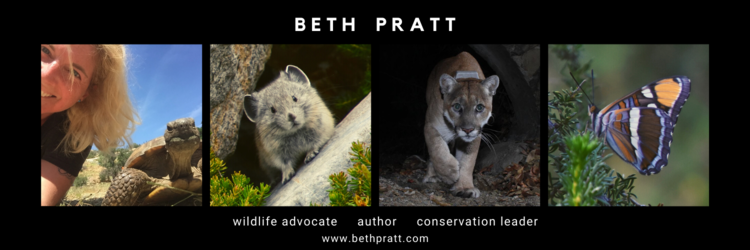 It would be easy (and perhaps not completely incorrect) to dismiss Davy Jones and the Monkees as a passing pop culture phenomenon, a precursor to the emptiness of reality TV as the band was not accidental, but an assemblage of stereotypes picked from auditions of relatively unknown faces for a TV show. Davy Jones thrived in his role of the cute and endearing heartthrob of the group and became the object of much adoration from female fans—and I was no exception.
It would be easy (and perhaps not completely incorrect) to dismiss Davy Jones and the Monkees as a passing pop culture phenomenon, a precursor to the emptiness of reality TV as the band was not accidental, but an assemblage of stereotypes picked from auditions of relatively unknown faces for a TV show. Davy Jones thrived in his role of the cute and endearing heartthrob of the group and became the object of much adoration from female fans—and I was no exception.
Yet if they lacked the weighty aspirations and lofty artistic goals of other bands of their time, they provided a sense of innocence and fun for a whole generation, the boys we could safely dream about (before the advent of online sex tapes and TMZ), a band who had a cuteness factor in the range of puppy dogs and kittens. When Davy Jones showed up at Marsha Brady’s house to ask her to the prom, he caused myself and millions of other young girls to swoon, yes really swoon, and further cemented our enduring crush on this dreamboat. He never aged, not really, not when you could watch the Monkees in eternal reruns and on YouTube, and he forever remained the adorable songster who glided across the rainbow stage while singing Daydream Believer (and on a side note, I am convinced that Axl Rose stole his moves from Davy Jones based on the video for this song).
The Monkees were, at least in my opinion, not without artistic merit—Pleasant Valley Sunday and Last Train to Clarksville are pretty good songs that hold up even today. And any band that dares to star in a film coproduced by Jack Nicholson and with appearances by Frank Zappa and Dennis Hopper deserve some kudos for artistic courage, no matter how disastrous the result.
Critics aside, even if one dismisses the Davy Jones and the Monkees as gimmicky bunch of clowns, is being known for fun a truly bad epitaph? For giving the minds of young girls something innocent to day dream about? It a far better legacy than many can claim.
My mother reminds me that in grade school, I would dash home from my playtime outside in the summer to catch the reruns of the Monkees in the afternoon (for you younger readers—imagine life where the only time you could watch a television show was when it was actually broadcast on TV). I still remember the surge of happiness I got when their catchy theme song started playing and the goofy antics began.
Perhaps Davy Jones inhabited the last generational space of the Tigerbeat variety before the overexposure enabled by 24-hour news and cell phone photos on Facebook could prove the downfall of any celebrity. My later teenage crush on Mel Gibson now seems misguided because of hearing his ugly threats to bury his girlfriend in a garden, and too many of the rock stars of my high school and college years have ended up on bad reality TV shows. But Davy Jones remains eternally the nice boy next door, nary an acne blemish or spousal abuse scandal to tarnish his image. If he had feet of clay or skeletons in his closet, at least he existed in a time when we didn’t have to or even want to know.
 So for this aging Generation Xer, I am mourning the loss of Davy Jones however trivial or shallow this might seem to some. As the Kinks say, celluloid heroes never really die. Unlike some of my adult pop culture experiences, I possess no remorse over my admiration. I can remember Davy dancing dreamily across the stage without a hint of irony, or without having to associate him with the ugliness that seems to arise in this age of the personal being public.
So for this aging Generation Xer, I am mourning the loss of Davy Jones however trivial or shallow this might seem to some. As the Kinks say, celluloid heroes never really die. Unlike some of my adult pop culture experiences, I possess no remorse over my admiration. I can remember Davy dancing dreamily across the stage without a hint of irony, or without having to associate him with the ugliness that seems to arise in this age of the personal being public.
Sometimes idolization is a good thing for our psyche. I feel bad for the Bieberites who had to deal with even the unfounded rumor of a paternity suit and I am just glad my childhood pop star phase happened before Twitter and Celebrity Rehab. I’ll keep my unsullied image of Davy Jones asking Marsha Brady for a kiss on the cheek and remember with fondness those fan letters I wrote him, and probably avoid reading too many obituaries in case they dig up a past I really don’t want to discover.
Thanks, Davy, for giving me an age of innocence.















